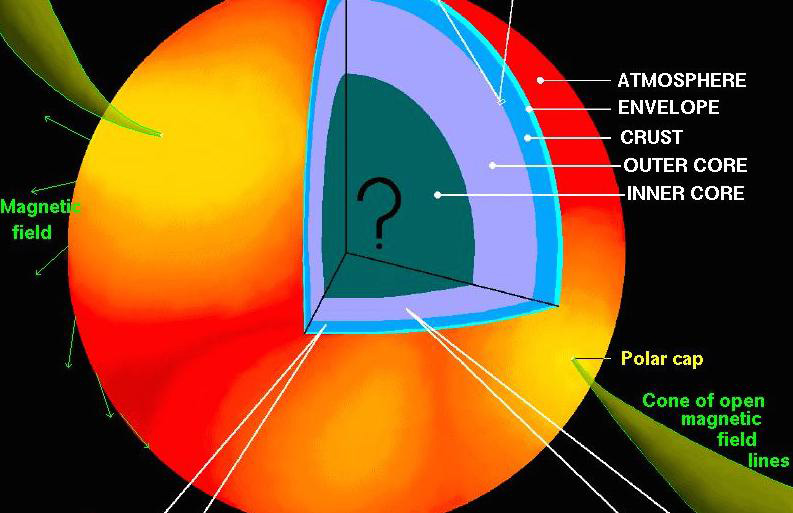Quarks are the fundamental constituents of the protons and neutrons contained in the atoms that we and the things around us are made of. When quarks are compressed to the highest possible densities, even higher than those in atomic nuclei, the resulting form of matter is known as quark matter.
Understanding the properties of quark matter is of great physical interest. A massive experimental effort is being devoted to this goal at particle colliders such as the Relativistic Heavy Ion Collider in Brookhaven (US) and at the Large Hadron Collider in Geneva (Switzerland). Moreover, quark matter may be naturally realized at the cores of neutron stars, the densest objects in the Universe, where gravity compresses quarks to densities that may be several times higher than those in atomic nuclei. The recent discovery of gravitational waves produced in neutron star collisions opens a new avenue for the study of the properties of quark matter.
Despite its great physical interest, the theoretical study of quark matter by conventional, particle-physics methods is exceedingly difficult. For this reason, my group has resorted to a non-conventional method known as gauge/gravity duality. The duality is a theoretical tool that maps the properties of quark matter in our four-dimensional world to those of … gravity in five dimensions! We have been able to build the first model in this context in which all the necessary ingredients are duly accounted for, and we have shown that it automatically incorporates several of the properties that quark matter is expected to have on general grounds. These results are hugely encouraging and open the door to a future understanding of quark matter from the fifth dimension.
Reference
